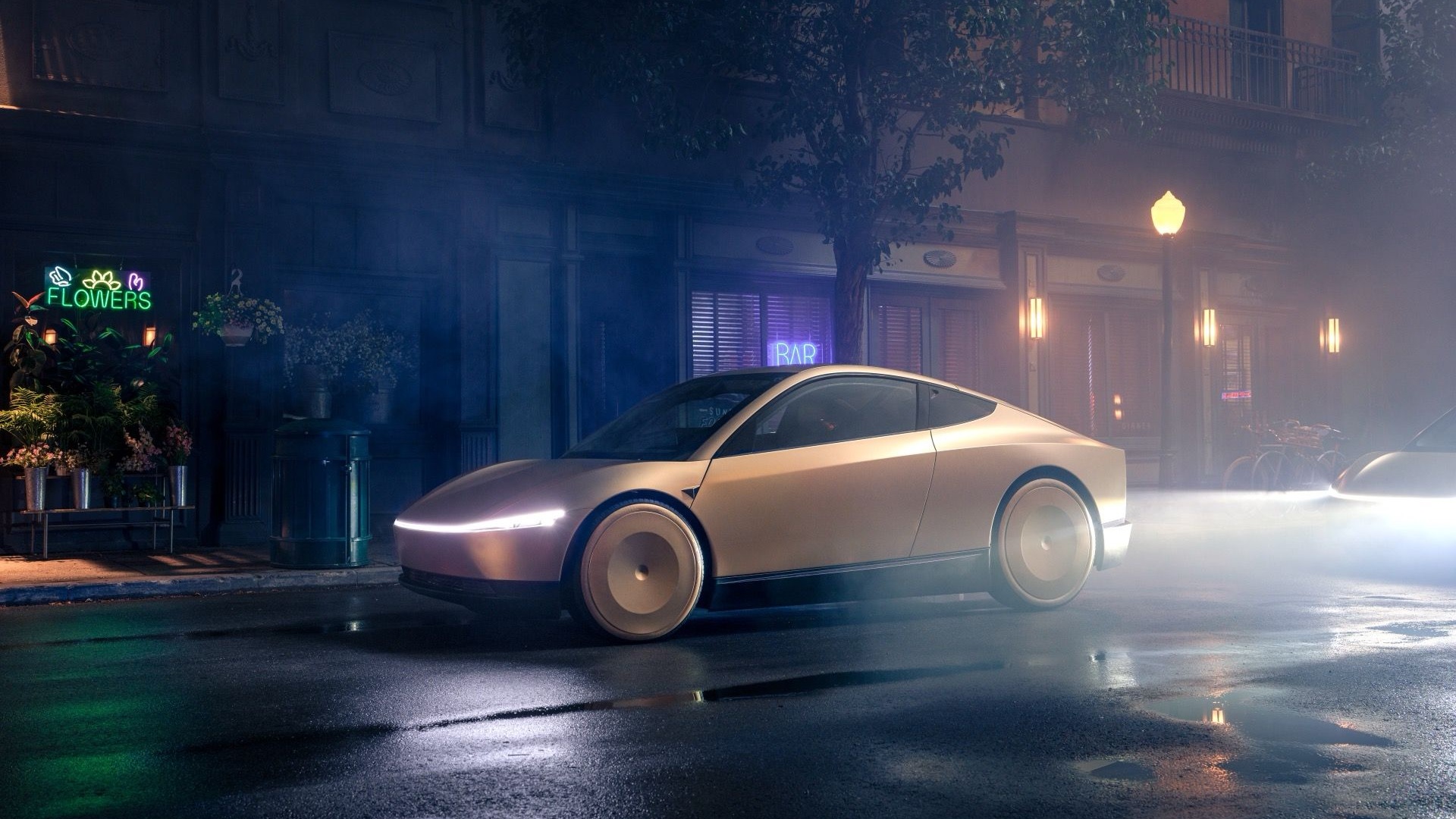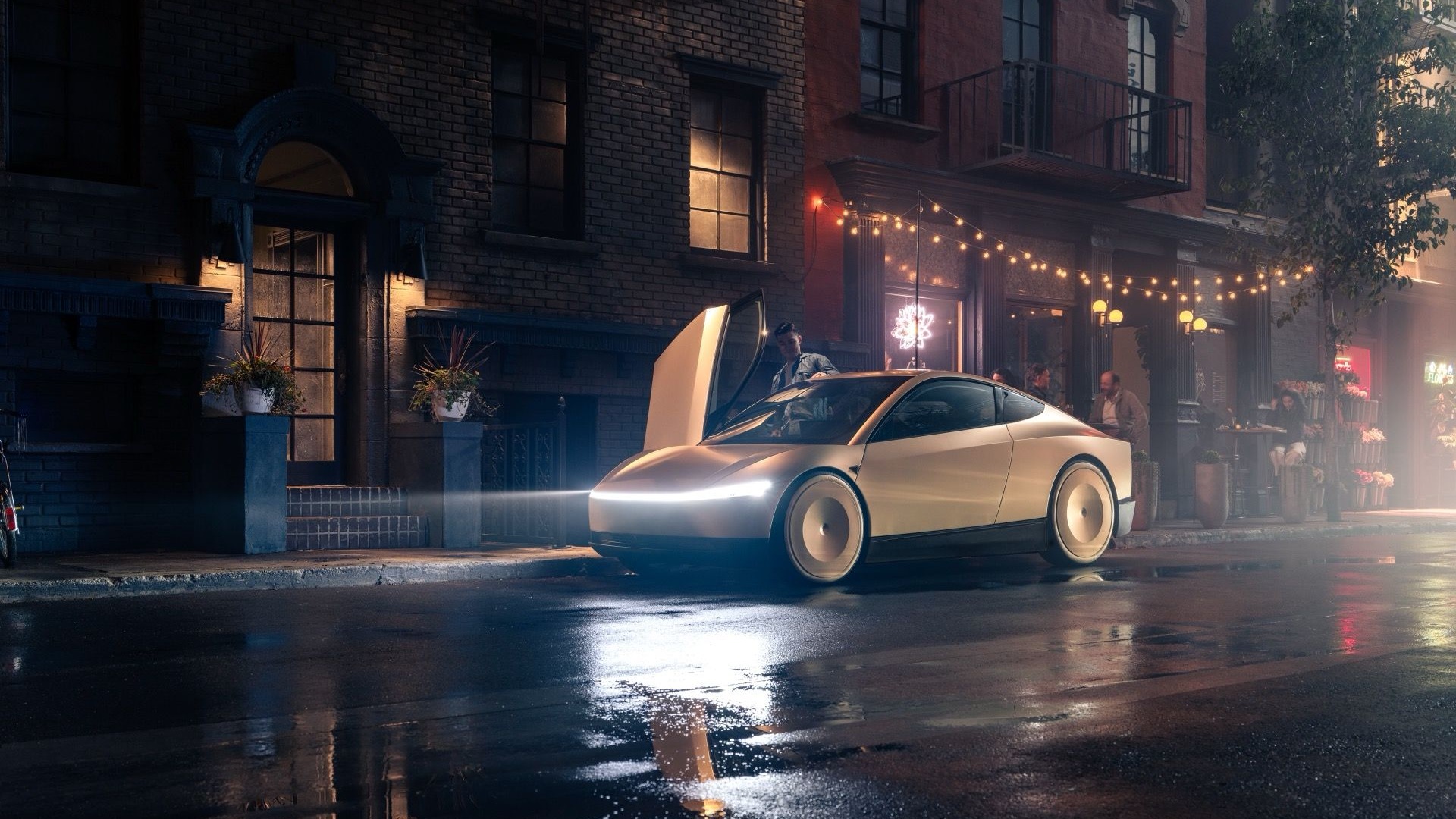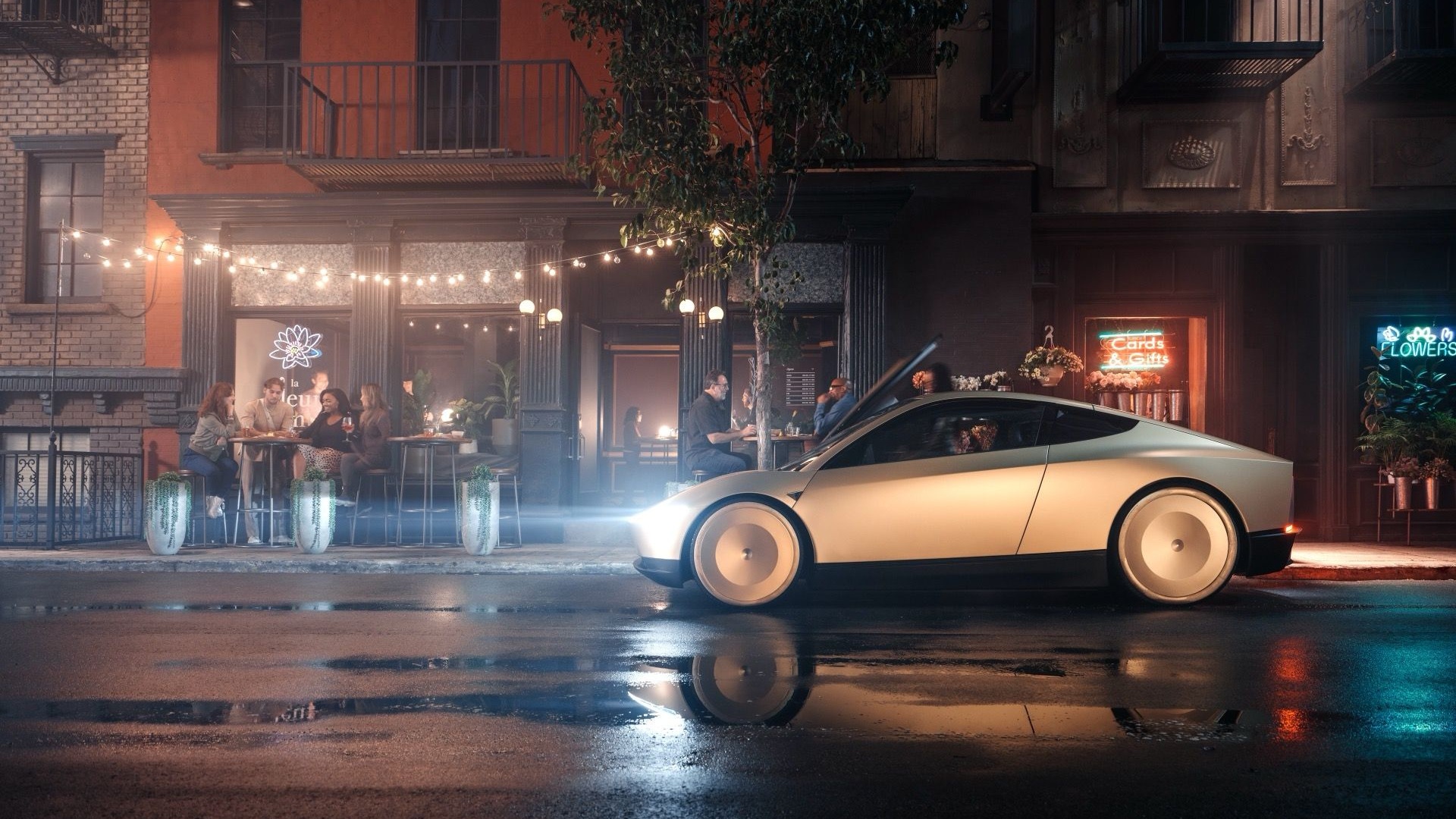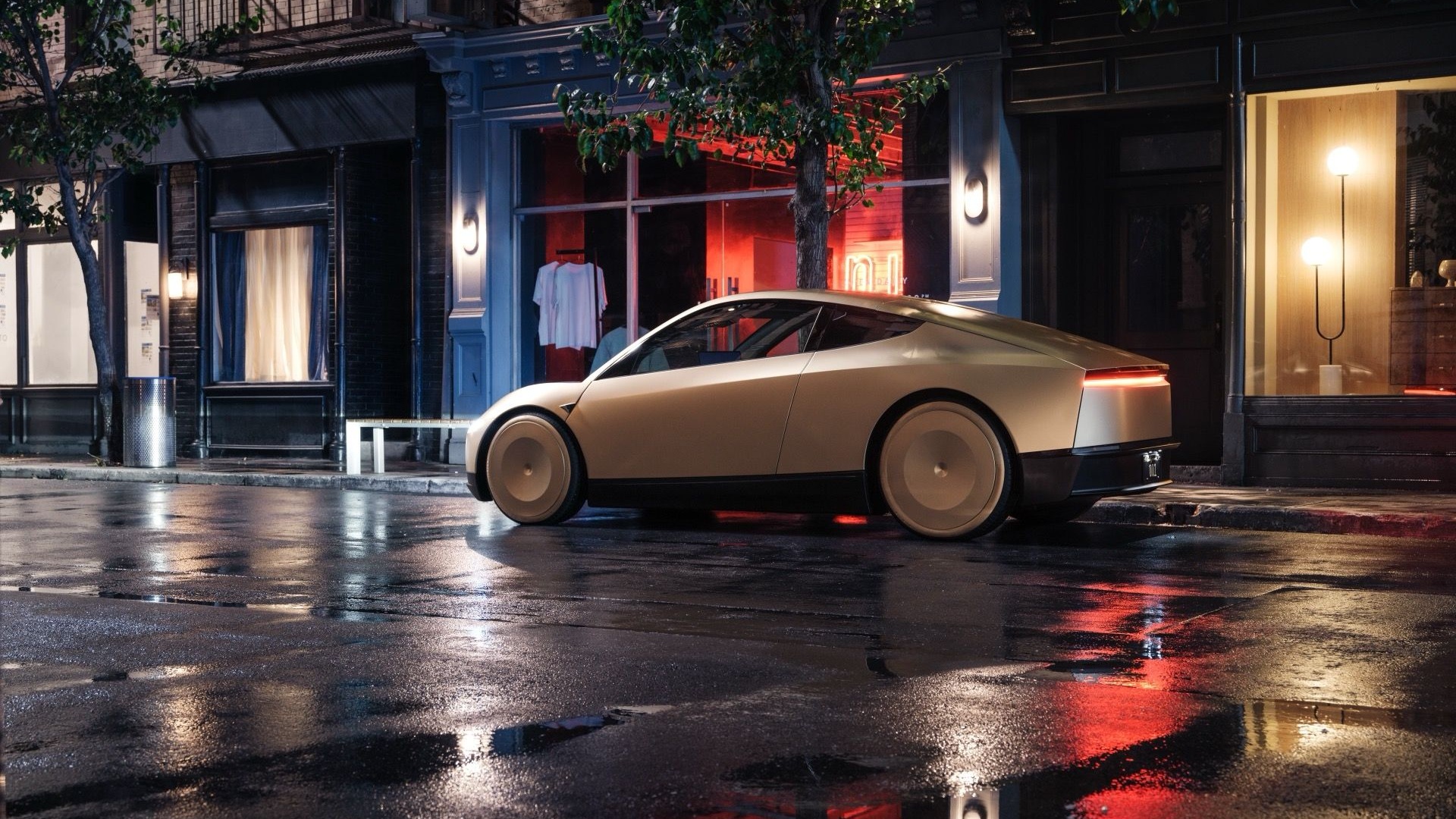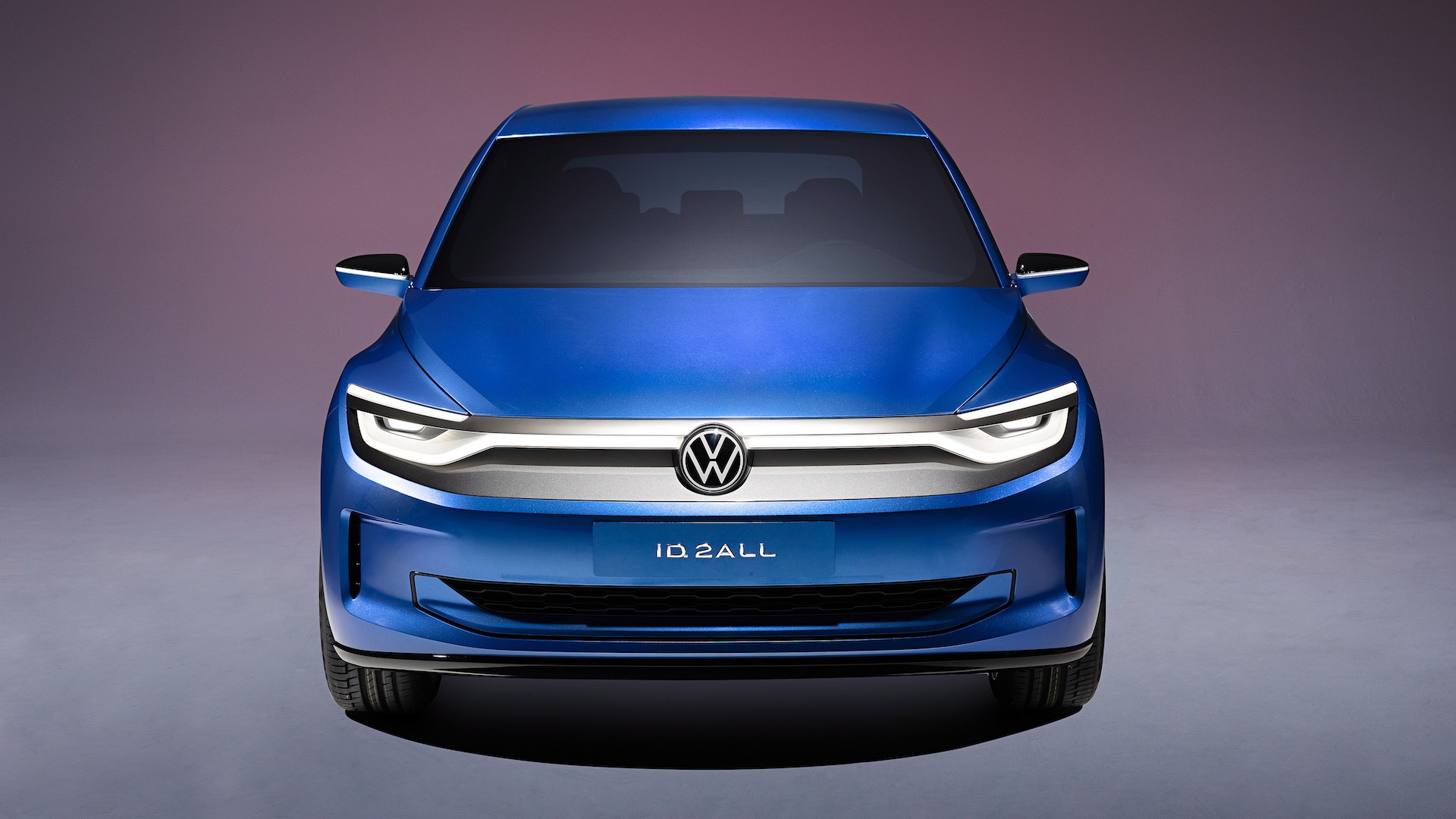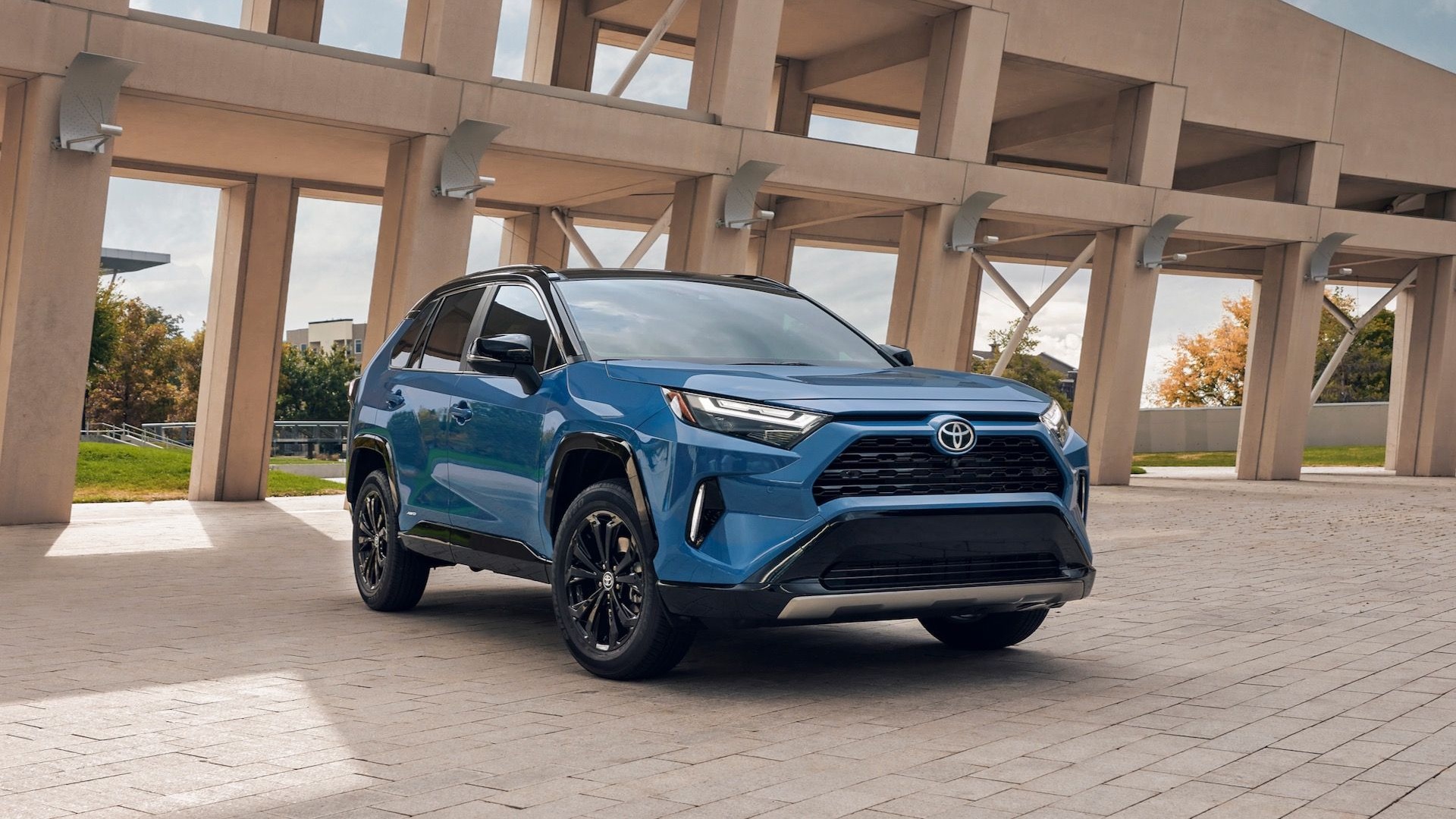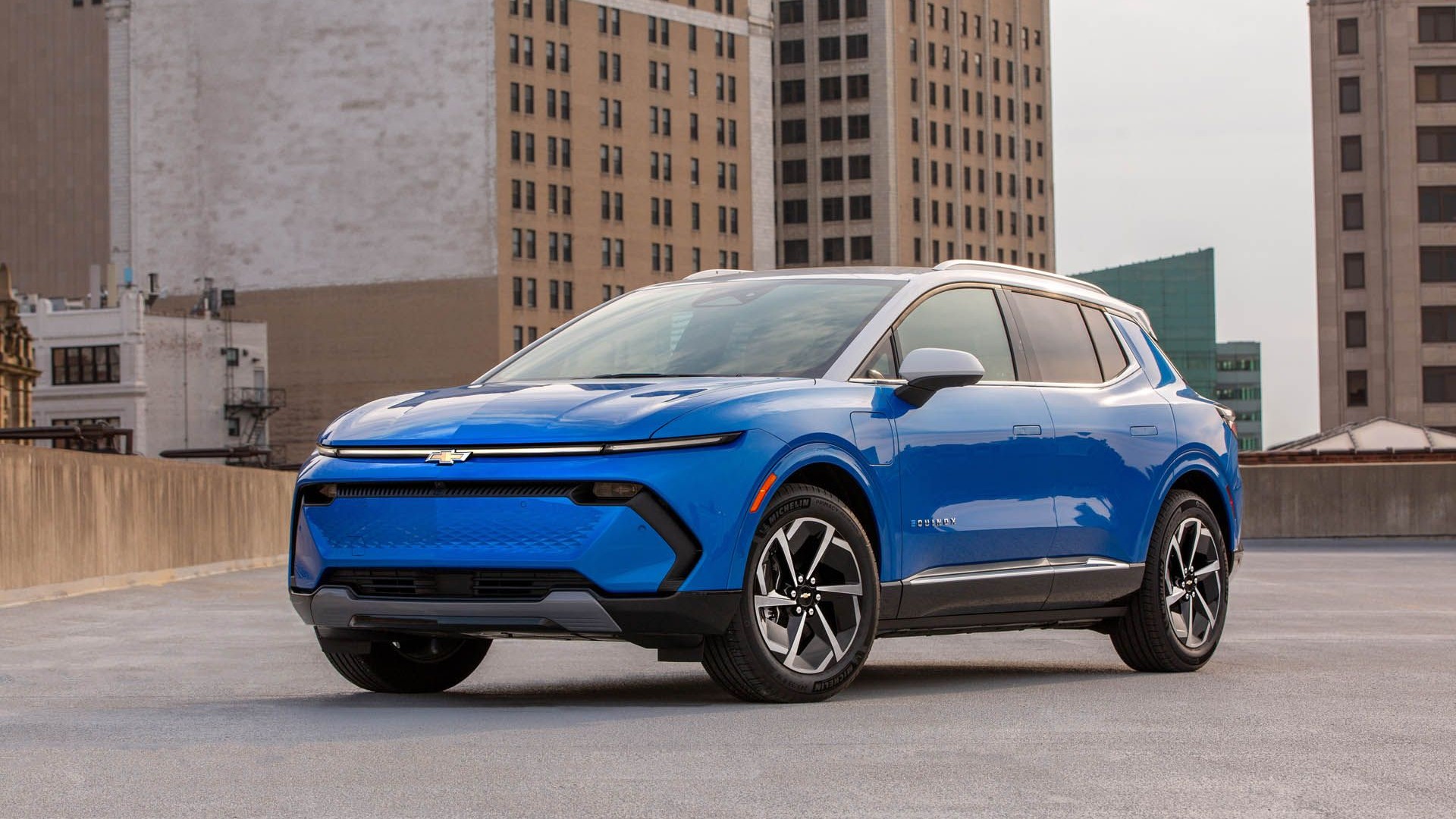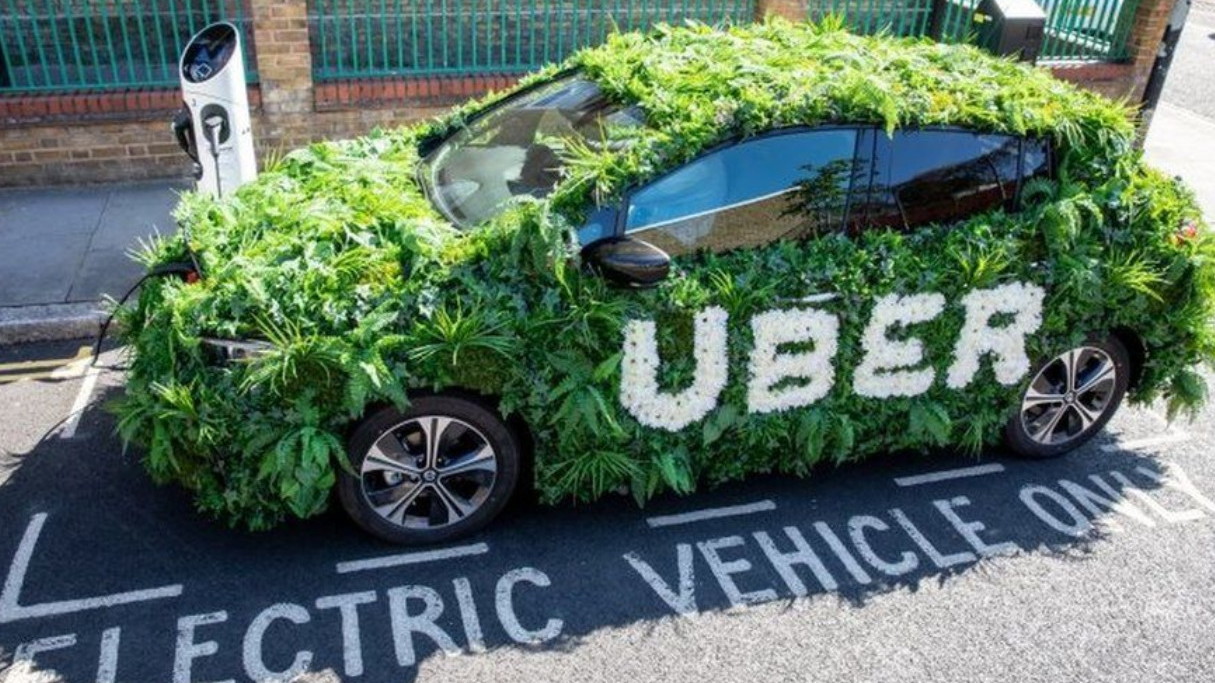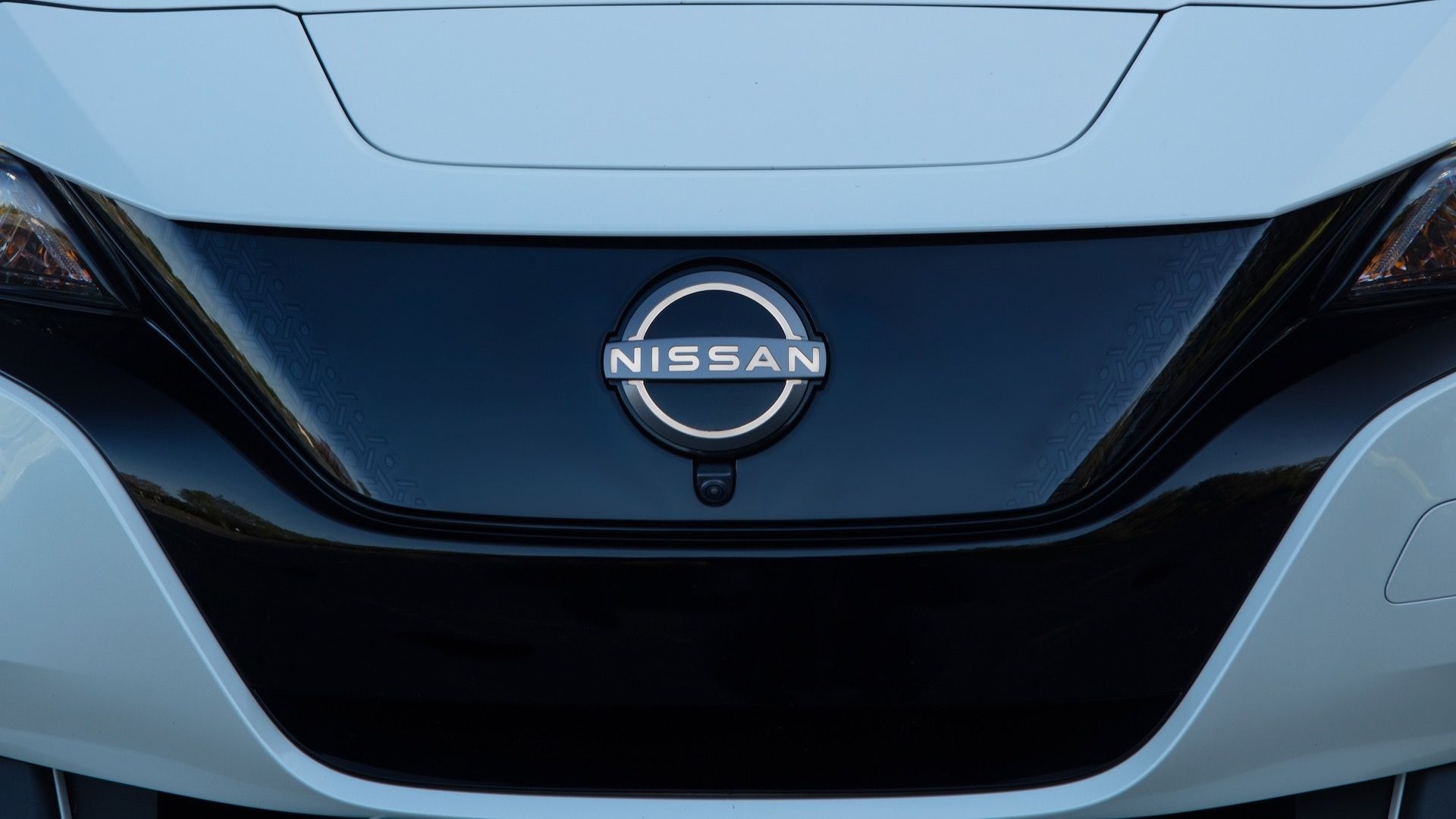- Two-passenger Cybercab, also called Robotaxi, is due by 2027 and will use wireless charging
- Cybercab will cost less than $30,000, have no steering wheel or pedals
- Robovan bowed with seating for 20 and greatly reduced operating costs
Tesla CEO Elon Musk on Thursday night introduced its Robotaxi. The Cybercab, an autonomous electric vehicle is so locked into the evolution of Tesla’s so-called full self-driving system that it doesn’t have a steering wheel or any pedals.
Tesla may have gotten some pushback about omitting the turn signal stalk and shift lever in some of its latest vehicles, like the revamped 2024 Tesla Model 3. But it seems that the company’s CEO Elon Musk has his head way farther into a future where none of those controls will matter—and ubiquitous autonomous vehicles may be competing with mass transit.
“I think the cost of autonomous transport will be so low that you can think of it like individualized mass transit,” said Musk, at the invite-only event from a Warner Bros. Studio set in Burbank, California.
The average cost of a bus—to run, not the ticket price—is about a dollar per passenger mile, Musk claims, while the Cybercab will probably be around 20 cents per mile in operating cost and 30 to 40 cents per mile “including taxes and everything else.”
Tesla is targeting a price below $30,000.for the Cybercab, which builds on years of Tesla Robotaxi hype. Musk originally promised in 2019 to have a fleet of revenue-generating, self-driving robotaxis in operation as part of a Tesla Network in 2020.
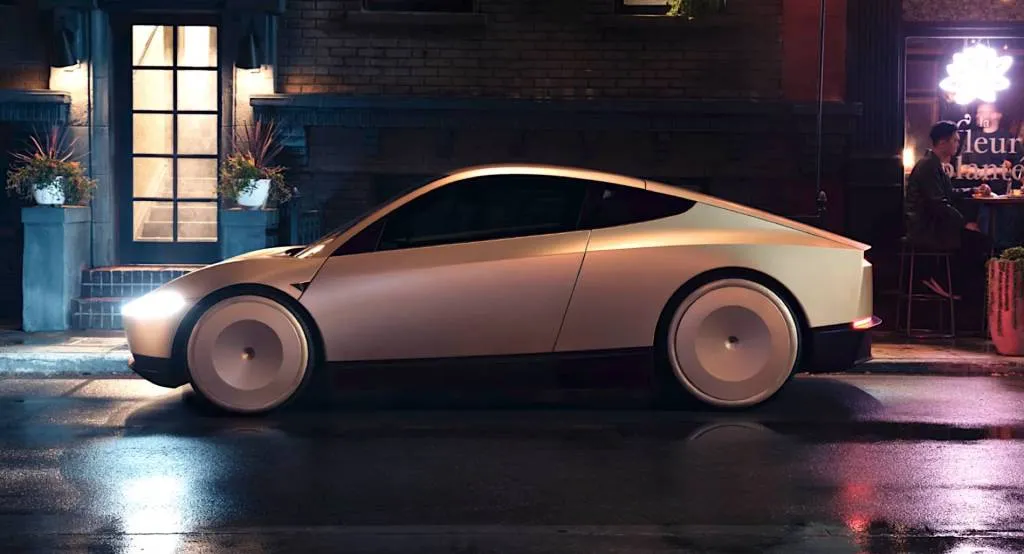
Tesla Cybercab
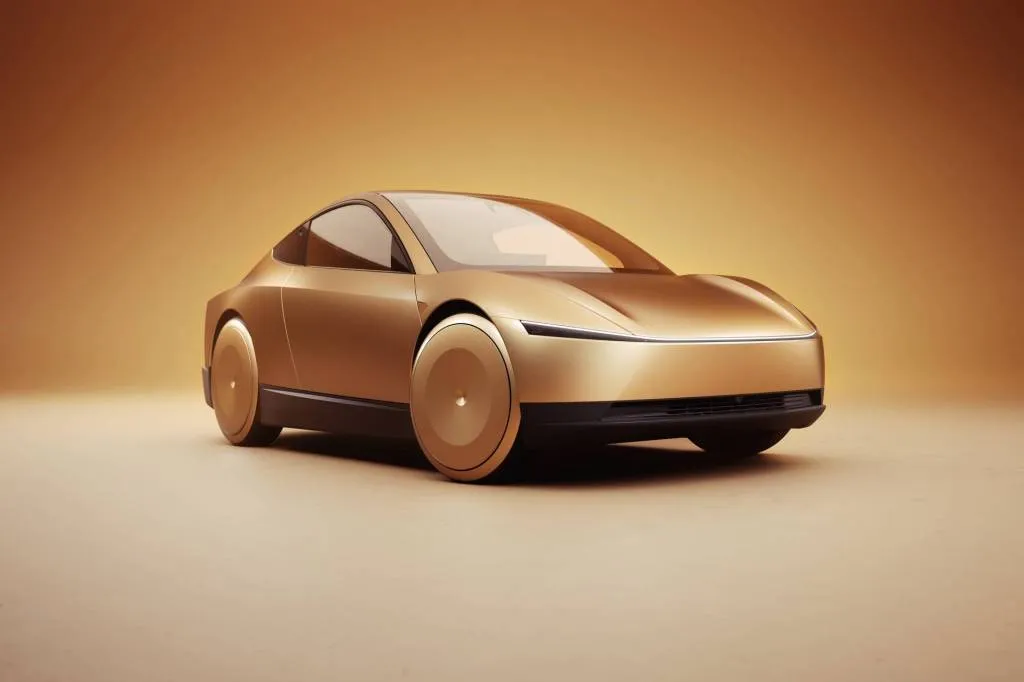
Tesla Robotaxi Cybercab
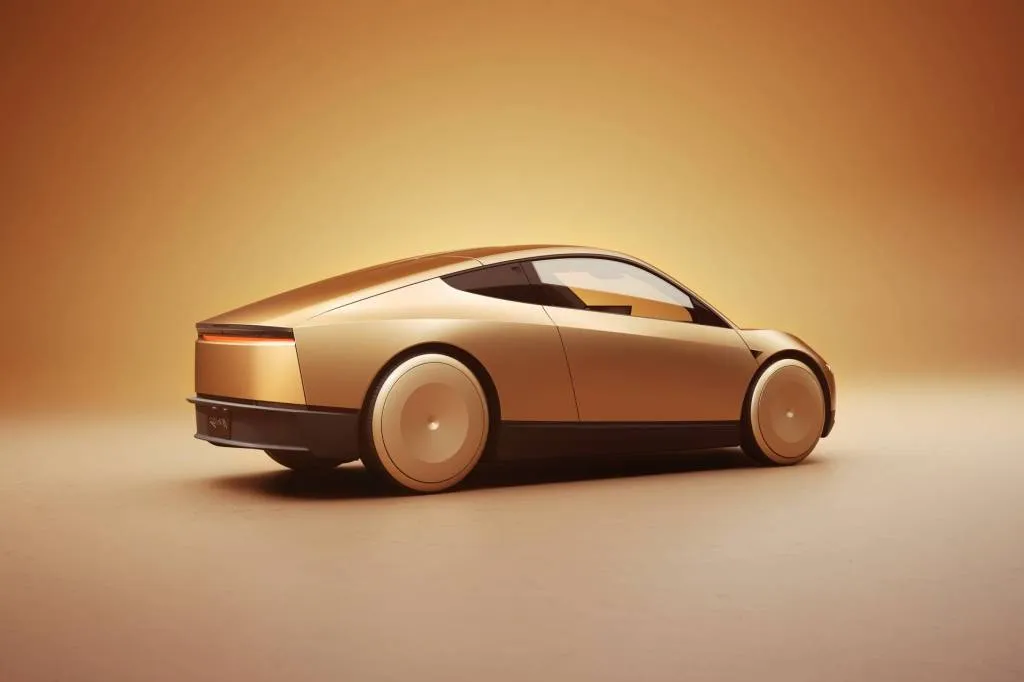
Tesla Robotaxi Cybercab
Shown plying around the studio set, the two-seat coupe that appears to be compact- to midsize by U.S. proportions. Tesla didn’t reveal any details about the mechanical basis of the vehicle, its propulsion system, or even its architecture, and until Green Car Reports can see these vehicles up close we’re calling them concept cars.
For whenever they do arrive, Musk pointed to an operator model in which individual owners manage autonomous fleets, likening it to shepherds tending to a flock. There was zero talk about how the vehicle rides or drives, with the focus instead a pragmatic bottom line.
Shift to inductive charging for future Teslas?
Musk also confirmed that the Cybercab, which he interchanged in name with Robotaxi at points in the presentation, will use inductive wireless charging—and only inductive wireless charging. “The Robotaxi has no plug; it just goes over the inductive charger and charges—so yeah, it’s kind of how it should be.”
Given the shift to only inductive charging in a future product, and Tesla’s recent pullback in Supercharger development, there may be some big changes coming to the company’s public charging vision soon.
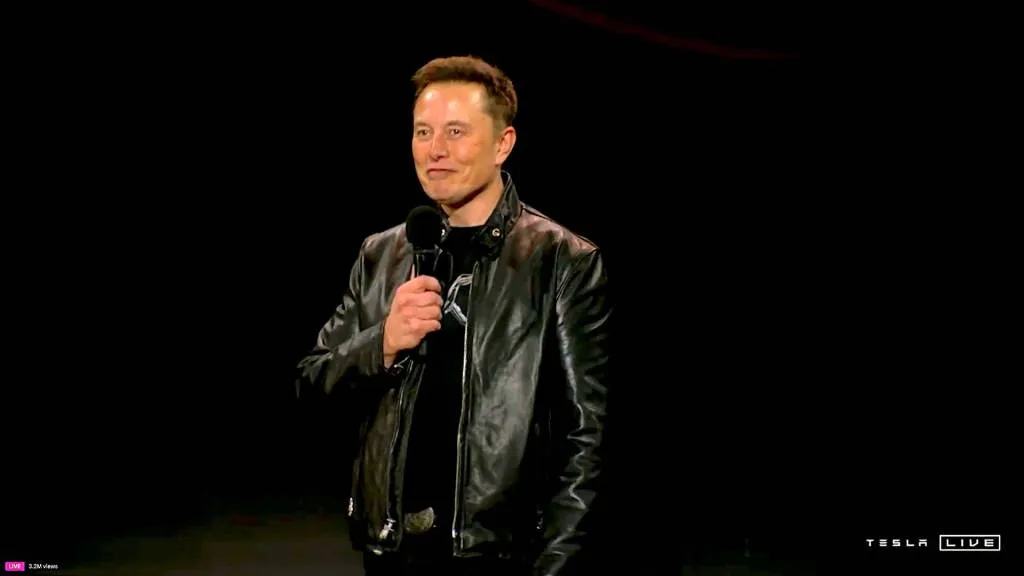
Tesla CEO Elon Musk at Cybercab event (screenshot) - Oct. 2024
Musk plots autonomous Teslas vs. public transit
Musk, as he has before, spent a time discussing what robotaxis enable on a societal level—although his argument includes a future in which such vehicles may truly face off versus public transit systems.
Musk says that the average passenger car is only used about 10 hours, out of the 168 hours of the week. “So the vast majority of the time cars are just doing nothing; but if they’re autonomous they could be used—I don’t know—five times more, maybe 10 times more,” he said.
In other words, autonomous vehicles may be clogging the highways much like human-piloted vehicles are today, but all their occupants will be free to use their cars as lounges or workspaces.
Musk also added that if vehicles are almost always in use, there won’t be a need for as many parking lots, so there’s an opportunity to turn them into parks and reclaim green space.
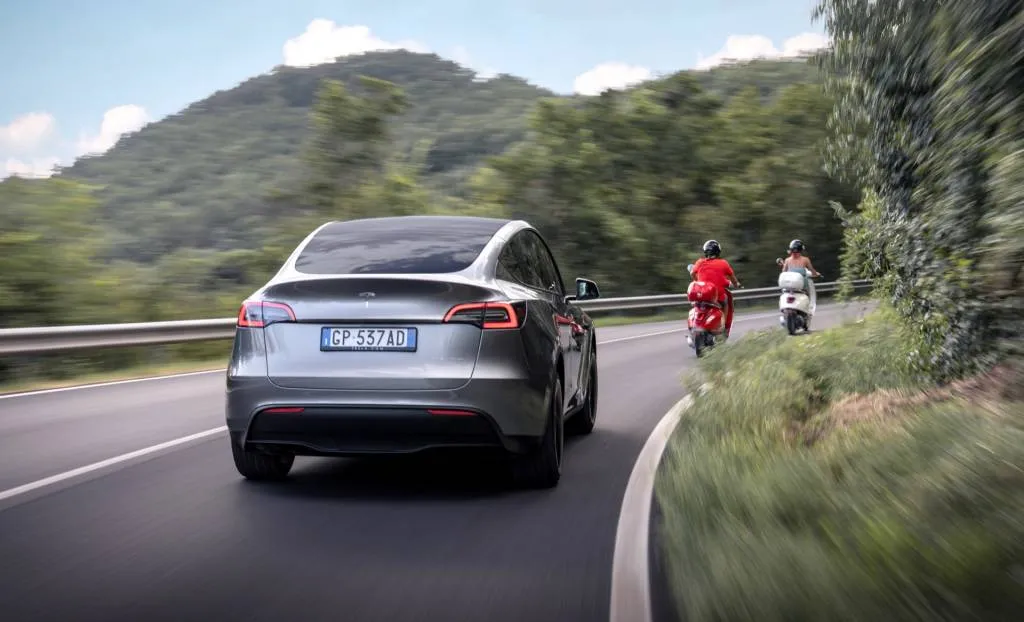
2024 Tesla Model Y. - Courtesy of Tesla, Inc.
Starts with “unsupervised FSD” of Model 3/Y in 2025
Musk also claimed that Tesla expects to start “fully autonomous, unsupervised FSD” in Texas and California next year in the Model 3 and Model Y. “And then we expect to be in production with the Cybercab, which is really highly optimized for autonomous transport.”
Musk then reeled the statement in, noting that he tends to be a little optimistic with timeframes, landing at: “Before 2027, let me put it that way—and we’ll make this vehicle [the Cybercab] in very high volume. But well before that you will experience a robotic taxi via the Model 3 and Model Y program
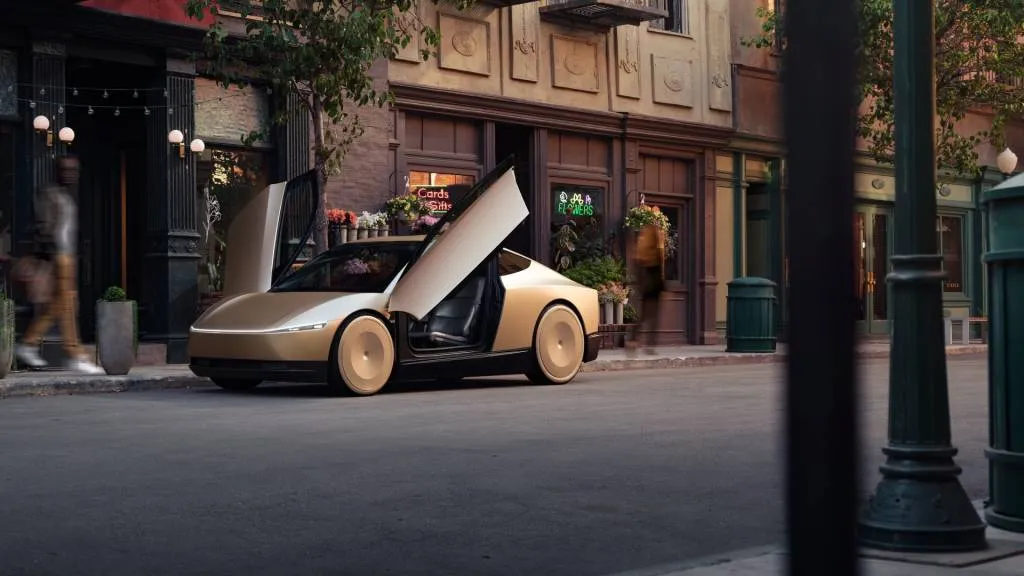
Tesla Robotaxi Cybercab
On the company’s autonomous-driving systems, Musk repeated much of what he has in the past, regarding how Tesla’s driving computer can be much safer than a human driver as it’s trained on millions of cars, seeing in all directions simultaneously, and it doesn’t get tired or text. Musk sees autonomous cars becoming 10 or more times safer than a human: “So with autonomy, you get your time back, which is a very big deal; it’ll save lives—a lot of lives—and prevent injuries.
Tesla has faced DOJ and SEC scrutiny over its self-driving claims in 2022, culminating with an official safety recall (an over-the-air update) ordered over federal claims it posed “an unreasonable risk to motor vehicle safety” for the way it was deploying its city-enabled driver-assistance system labeled Full Self-Driving Beta.
The CEO noted that Tesla plans to “overspec” the computer for the Cybercab, making them available for distributed computing. “Because I think there’s actually also an opportunity, sort of like Amazon Web Services, where if a car is driving for 50 hours a week there’s still over 100 hours left. Musk wasn’t clear about whether owners will “lease” out that compute power or whether that’s part of Tesla’s model to keep the price on the vehicle low.
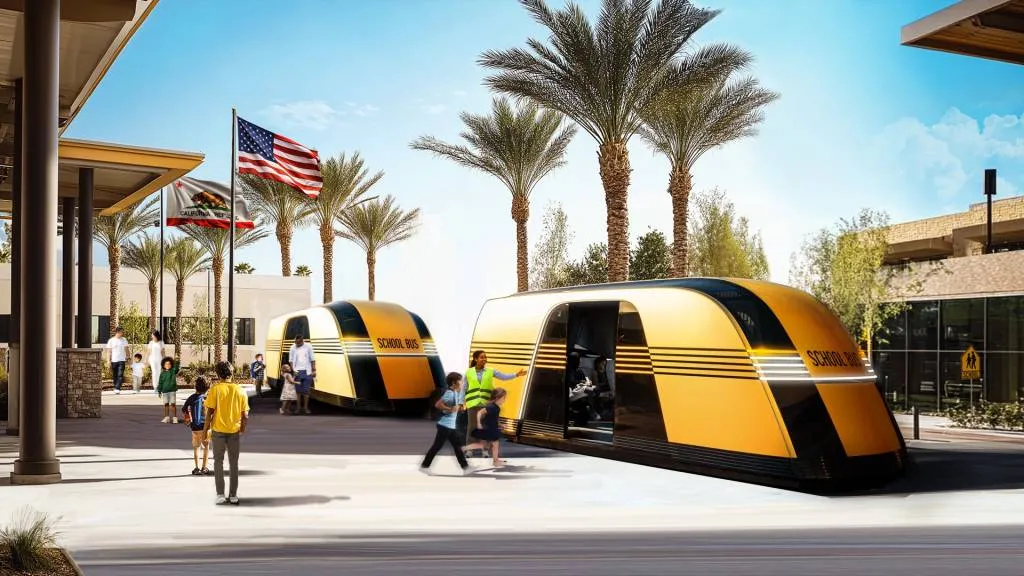
Tesla Robovan

Tesla Robovan
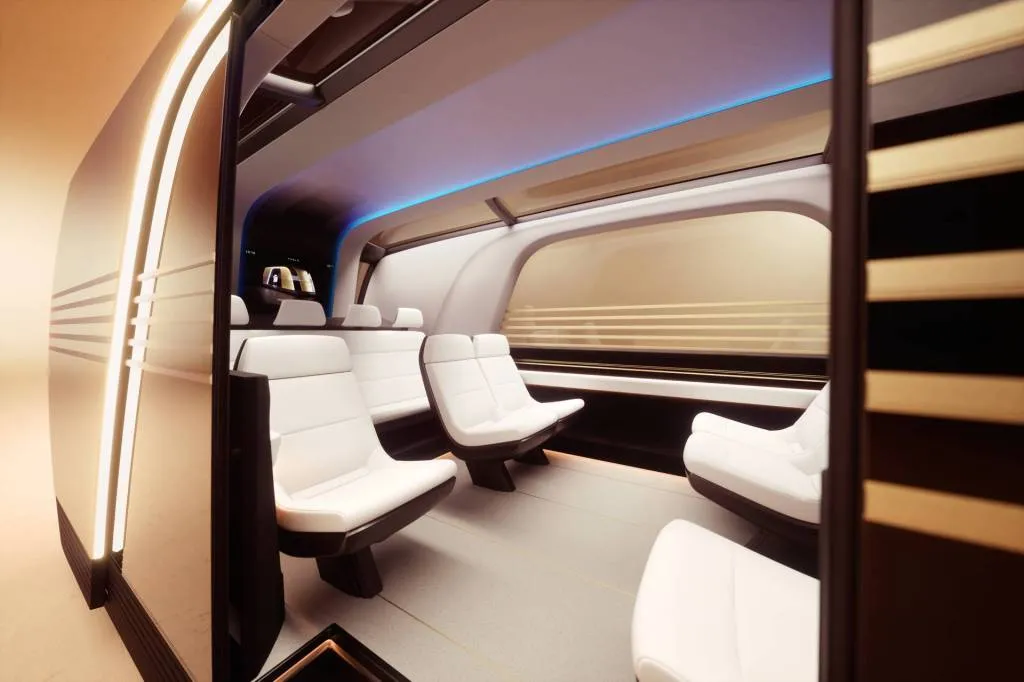
Tesla Robovan
Robovan aims to “look like the future”...with a personal C-3PO
Tesla also introduced the Robovan (emphasis on the "bo”)—a long, autonomous electric van, not entirely unlike the Cruise Origin project that GM canceled, but truly embracing a dark, 1930s-1950s pulp sci-fi train-like look and good inside for transporting cargo or up to 20 people at a time. Musk has teased the idea of a Tesla Robovan multiple times, and the design makes it refreshingly different.
“We’re going to make this, and it’s going to look like that,” said Musk, noting that it would potentially bring the cost per mile (per passenger) down to 5-10 cents a mile.
“One of the things we want to do, and you’ve seen this with the Cybertruck, is we want to change the look of the roads,” he added. “The future should look like the future.”
Seemingly anticipating reactions to the look, Musk admitted, as we all know, that he likes the dark, apocalyptic stories about the future but is instead attempting to paint a more “fun, exciting future” with these products.
In all, Tesla claimed to have 50 fully autonomous vehicles at the event, with many of them open for rides. That included some Model Ys and some Cybercabs.
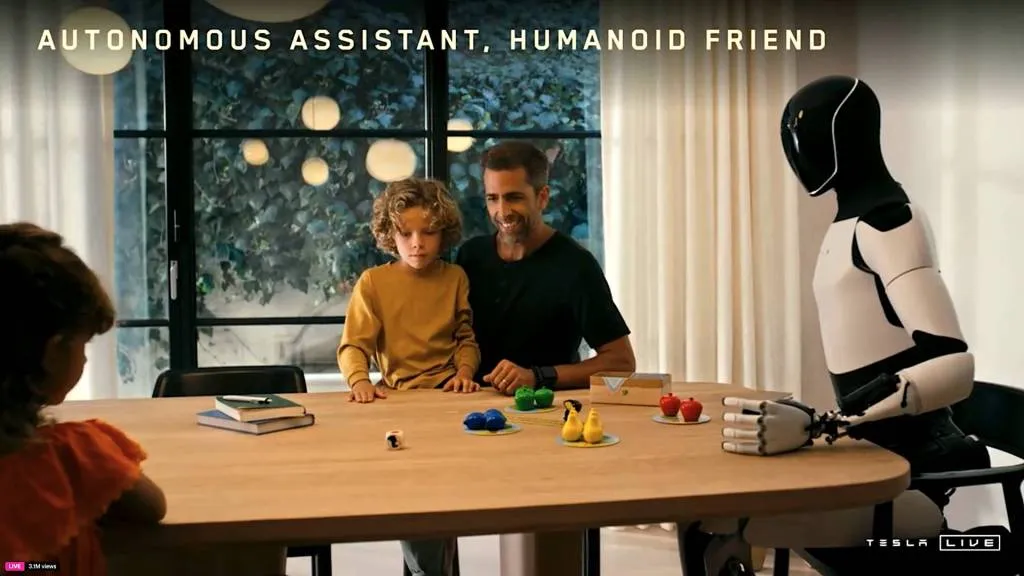
Tesla Optimus robot tasks
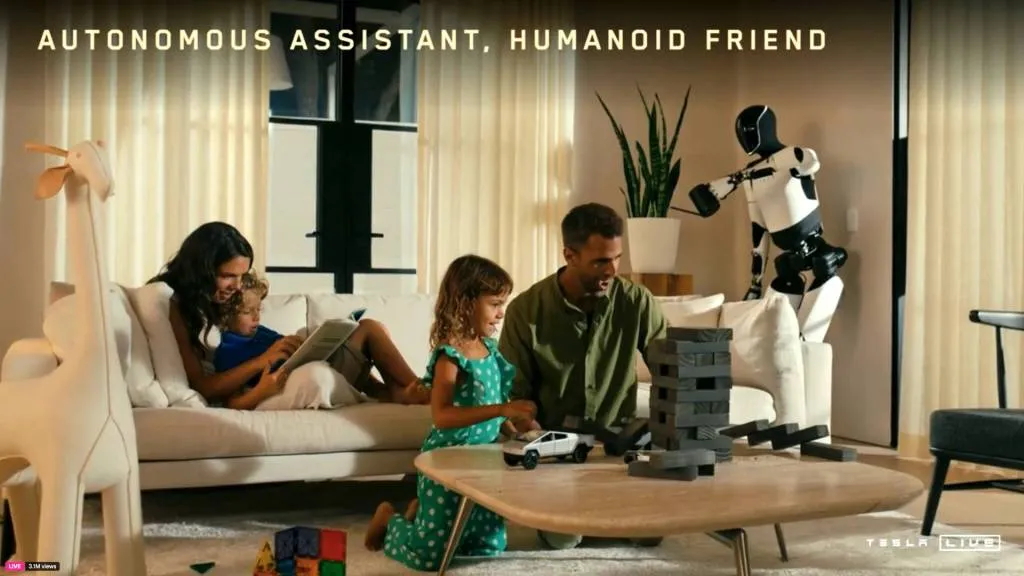
Tesla Optimus robot tasks
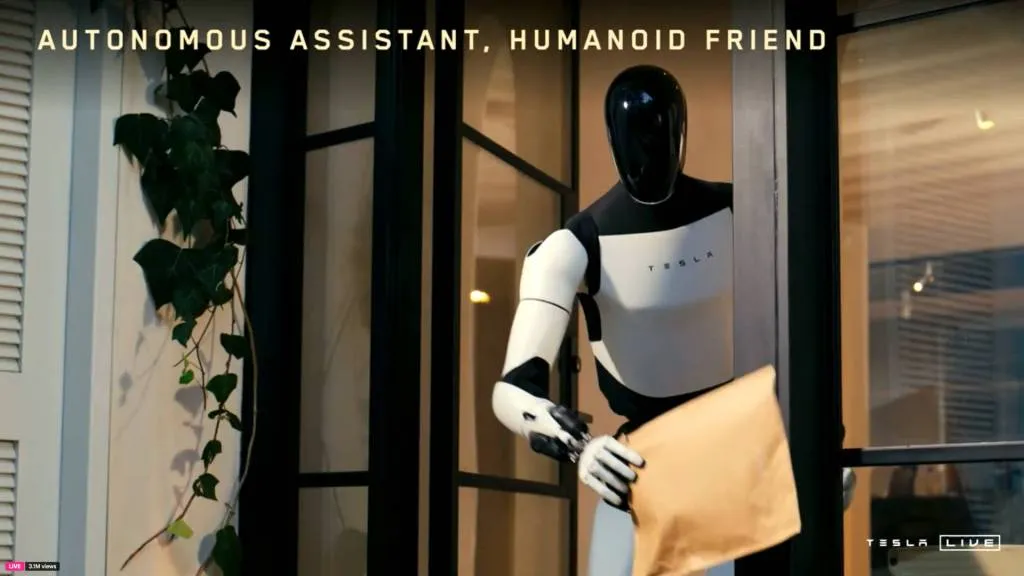
Tesla Optimus robot tasks
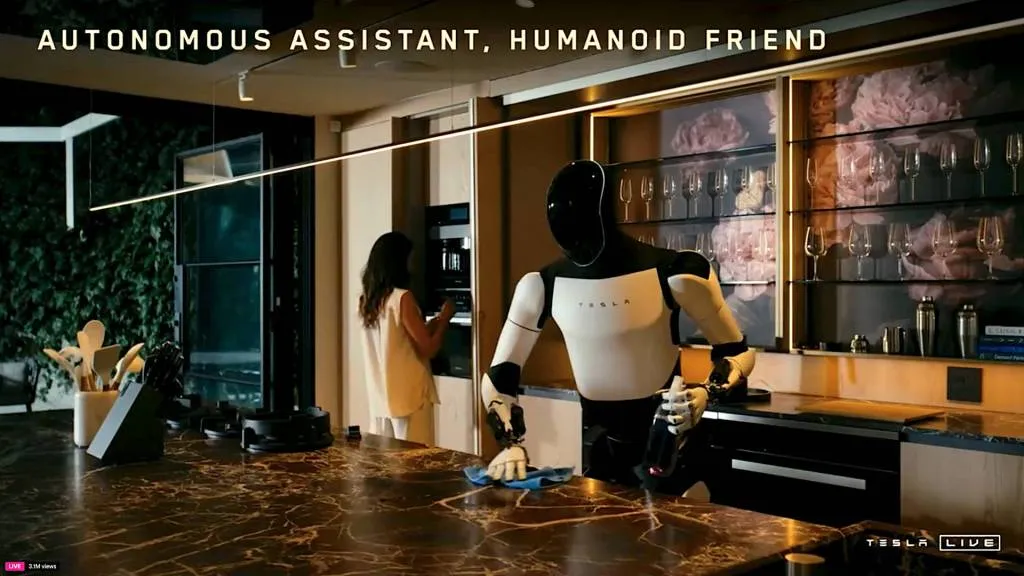
Tesla Optimus robot tasks
Musk also introduced a new generation of the Optimus humanoid robot, emphasizing that it has “progressed dramatically year after year.”
“So if you extrapolate this, you’re really going to have something spectacular…so you can have your own personal R2D2, C-3PO,” Musk said, noting it would cost less than a car. It would be able to teach or babysit kids, walk the dog, mow the lawn, get groceries, serve drinks or “just be your friend.”

